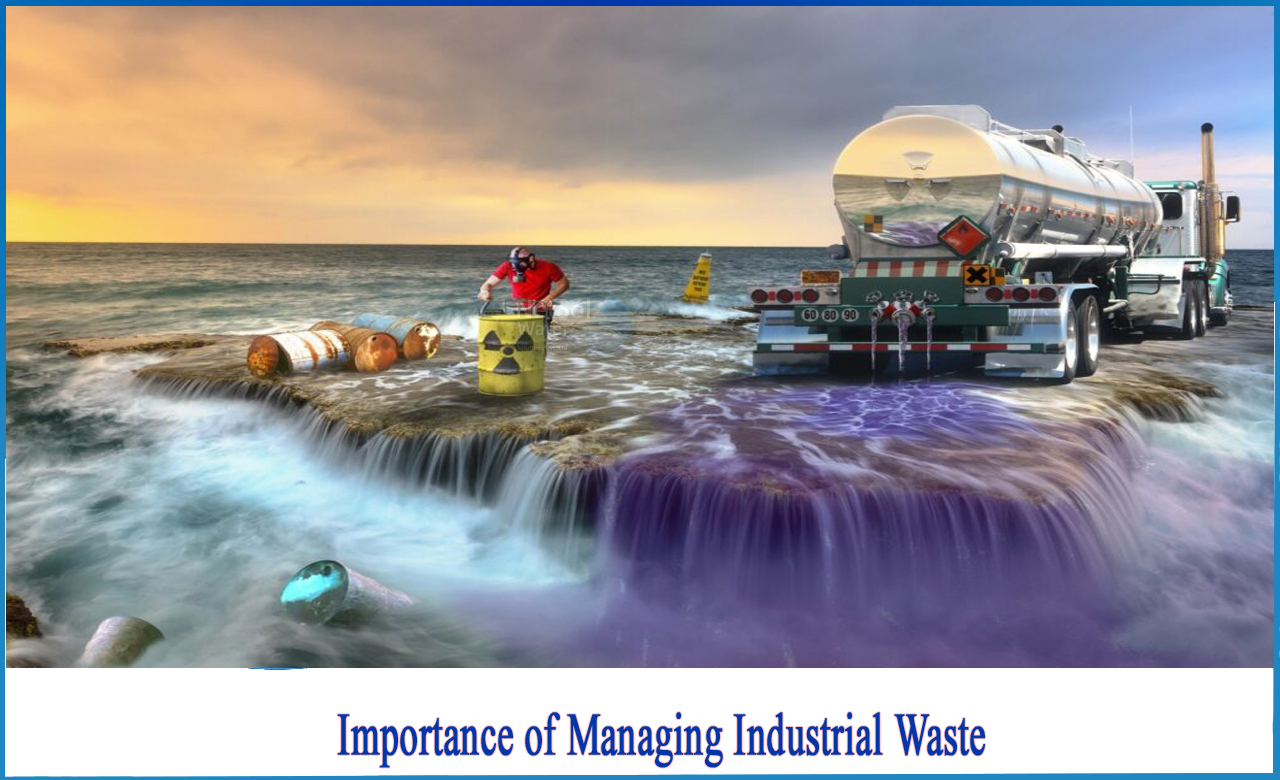3 Simple Techniques For Reclaim Waste
3 Simple Techniques For Reclaim Waste
Blog Article
Reclaim Waste - The Facts
Table of ContentsSee This Report about Reclaim WasteHow Reclaim Waste can Save You Time, Stress, and Money.Reclaim Waste - QuestionsThe Only Guide to Reclaim WasteAbout Reclaim Waste
Domestic sewage waste refers to the waste and products from a residential septic tank. The appropriate monitoring and disposal of domestic sewer waste call for liquid waste to be moved to a sewage therapy plant where the appropriate methods and tools are used to purify and dispose of waste.
Industrial waste usually consists of potential risks, such as flammable products or a mix of fluid and solid waste items, and needs an advanced and detailed disposal process. The disposal of commercial waste typically includes the filtering of waste prior to transportation to make certain safe and proper disposal. Hazardous waste is produced from byproducts and drainage of industrial processes and manufacturing.
This sort of waste can not make use of the same sewer management transportation or processes as septic or industrial liquids. The hazardous waste monitoring process calls for the assessment and testing of fluid waste prior to it undergoes the disposal procedure (liquid waste disposal). Drainage waste is the liquid waste that comes from runoff and excess stormwater in very inhabited locations or cities
Runoff waste can create contamination and flooding otherwise managed properly. Find out more regarding sewer cleansing and waste administration. Making certain appropriate waste monitoring can protect against calamities and decrease environmental harm. Both people in property setups and specialists in industrial or manufacturing markets can gain from comprehending the processes and laws of fluid waste monitoring.
The 15-Second Trick For Reclaim Waste
Contact PROS Services today to find out about our waste management and disposal solutions and the appropriate methods to care for the fluid waste you generate.
(https://reclaimwaste1.bandcamp.com/album/reclaim-waste)This so-called 'wastewater' is not only a crucial source but, after therapy, will be released to our land, rivers or the ocean. Used water from toilets, showers, baths, cooking area sinks, laundries and industrial processes is recognized as wastewater.

water utilized to cool machinery or tidy plant and devices). Stormwater, a form of wastewater, is drainage that moves from agricultural and metropolitan areas such as roof coverings, parks, gardens, roads, courses and gutters right into stormwater drains, after rain. Stormwater streams untreated directly to local creeks or rivers, eventually getting to the sea.
Some Ideas on Reclaim Waste You Need To Know
In Queensland, most wastewater is dealt with at sewer treatment plants. Wastewater is transported from domestic or commercial sites with a system of sewage systems and pump terminals, recognized as sewage reticulation, to a sewage therapy plant. City governments construct, preserve and run most sewage therapy plants. Operators are certified under the Visit This Link Environmental Management Act 1994 to release treated wastewater at an acceptable ecological criterion right into rivers.
The Division of Natural Resources encourages city governments concerning managing, operating and preserving sewerage systems and treatment plants. In unsewered areas, local federal governments may require householders to set up specific or house sewer therapy systems to deal with domestic wastewater from toilets, cooking areas, bathrooms and washings. The Department of Natural Resources authorises making use of family systems when they are verified to be effective.
Most stormwater gets no therapy. In some new communities, treatment of some stormwater to get rid of trash, sand and gravel has begun using gross pollutant traps. Wastewater therapy happens in 4 stages: Removes solid issue. Larger solids, such as plastics and other things mistakenly released to drains, are removed when wastewater is travelled through screens.
Wastewater after that moves into huge storage tanks where solids clear up and are removed as sludge. Grease and scum are skimmed from the surface. Makes use of tiny living organisms called micro-organisms to break down and remove staying dissolved wastes and fine particles. Micro-organisms and wastes are incorporated in the sludge. Eliminates nitrogen and phosphorus nutrients that might trigger algal blossoms in our waterways and endanger aquatic life.
An Unbiased View of Reclaim Waste
Nutrient removal is not available at all sewer treatment plants because it needs expensive specialist equipment. It is becoming a lot more usual in Queensland. Clear fluid effluent produced after treatment may still include disease-causing micro-organisms. If this effluent is released right into waterways such as rivers or the sea, the micro-organisms will ultimately die out.

Most wastewater flows right into the sewerage system. Under the Act, local federal governments provide authorizations and permits for ecologically appropriate tasks (Periods) including wastewater launches that might have a neighborhood impact.
Some Known Incorrect Statements About Reclaim Waste
Or else, examples are considered laboratory analysis. Typically numerous tests are required to develop the levels of each of the various contaminants such as oils, hefty steels and chemicals in water. Tracking gives valid details concerning water top quality and can verify that licence problems are being met. The information obtained through tracking offers the basis for making water quality choices.
Report this page